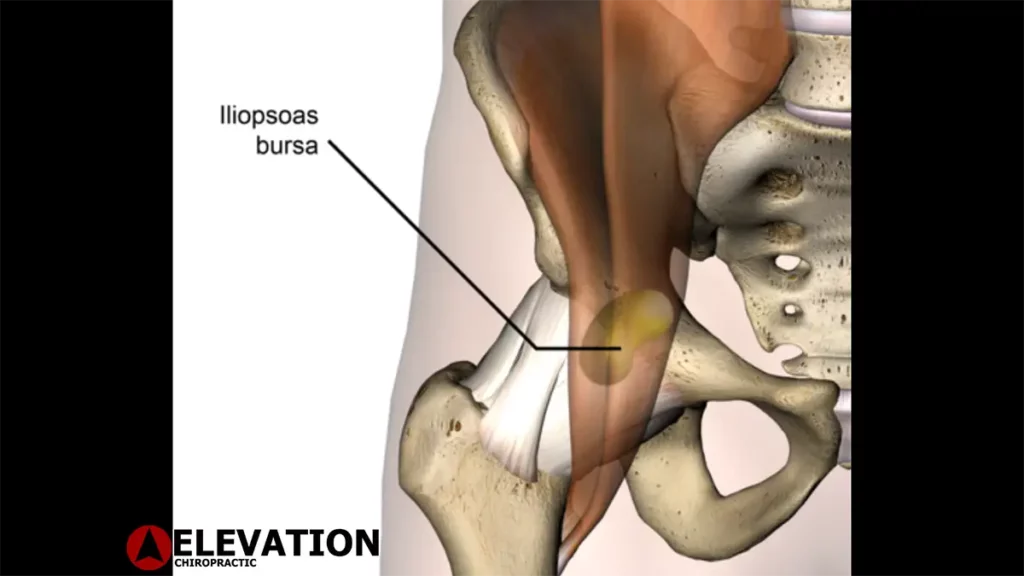What is Hip Pain?
Stiffness, pain and immobility are the most common symptoms of hip pain complaints. Often, the inguinal region (groin) is the part of the body which can transfer pain to the upper leg or the knee. Due to pain and a limitation of movement in the hip, we can often see pain avoiding movements. This puts more pressure on the joints which can lead to inflammation of the bursa. (Bursae are small, jelly-like sacs that are located throughout the body, including around the shoulder, elbow, hip, knee, and heels.) These bursae contain a small amount of fluid, and are positioned between bones and soft tissues, acting as cushions to help reduce friction. When the iliopsoas bursa becomes inflamed, this will cause the body to signal something is off and it communicates this through pain.

